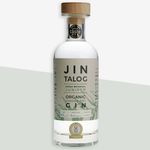
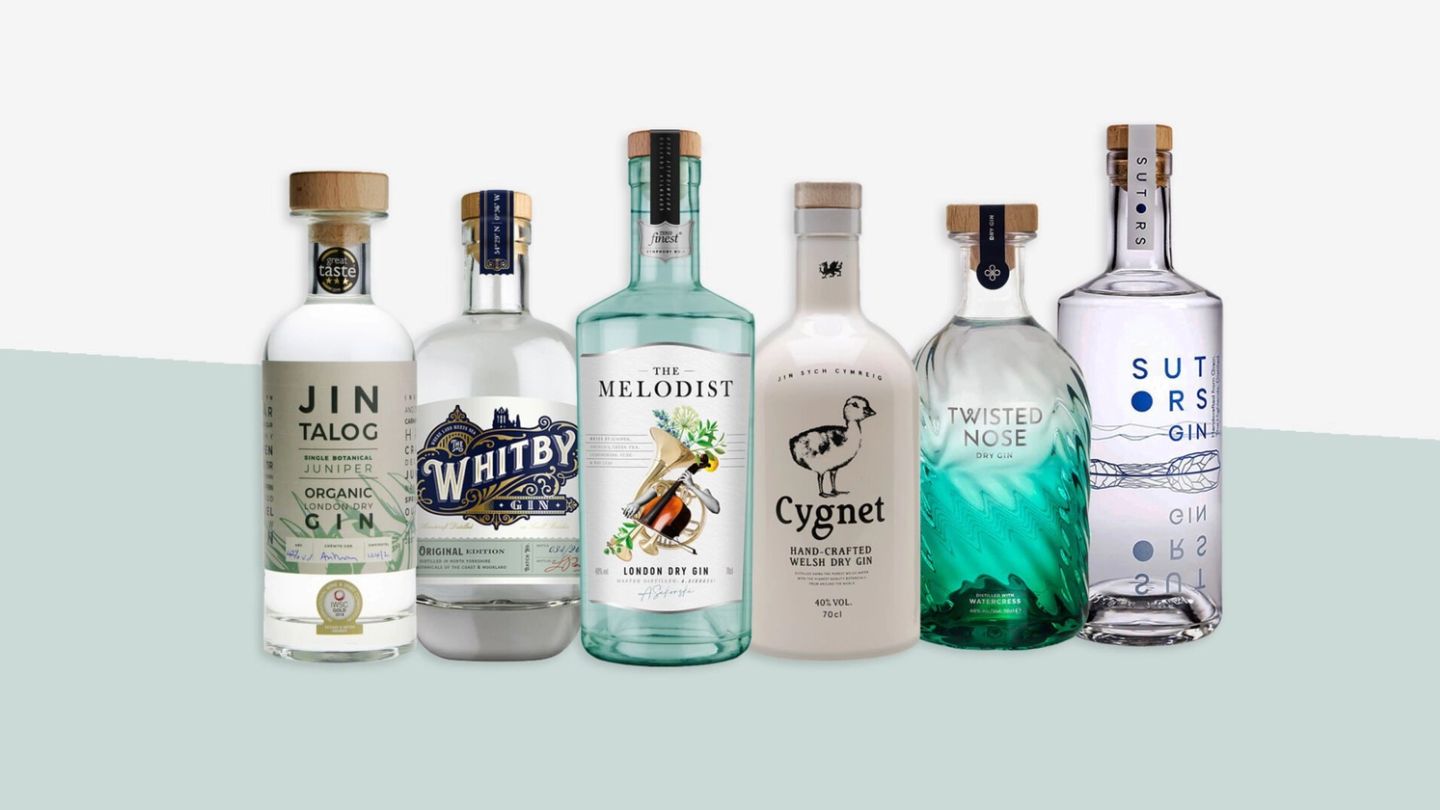
These are the best gins you’ve never heard of
From a pair of craft spirits produced in Wales to a local gin distilled in the Scottish Highlands, here are the best bottles to expand your botanical horizons…
Words: Jonathan Wells
It’s odd, isn’t it? Gin was once the rowdy scourge of London’s streets. But now, a couple of centuries down the line, this clear spirit has cleaned up its act and become the most reliable, temperate tipple behind the bar. Whether it’s being swirled softly into a Gimlet or French 75, or simply topped up with tonic, there’s nothing quite as respectable as ordering a good gin.
And people have noticed. Micro-distilleries and cottage industries have become quite intoxicated with innovation — experimenting and blending with new and exciting botanicals. There are more new bottlings out there than the average ginthusiast can keep up with. So we’ve picked six; a half-dozen British bottles worth your tastebuds’ time…
For pure juniper power, try Jin Talog Single Botanical Organic Gin
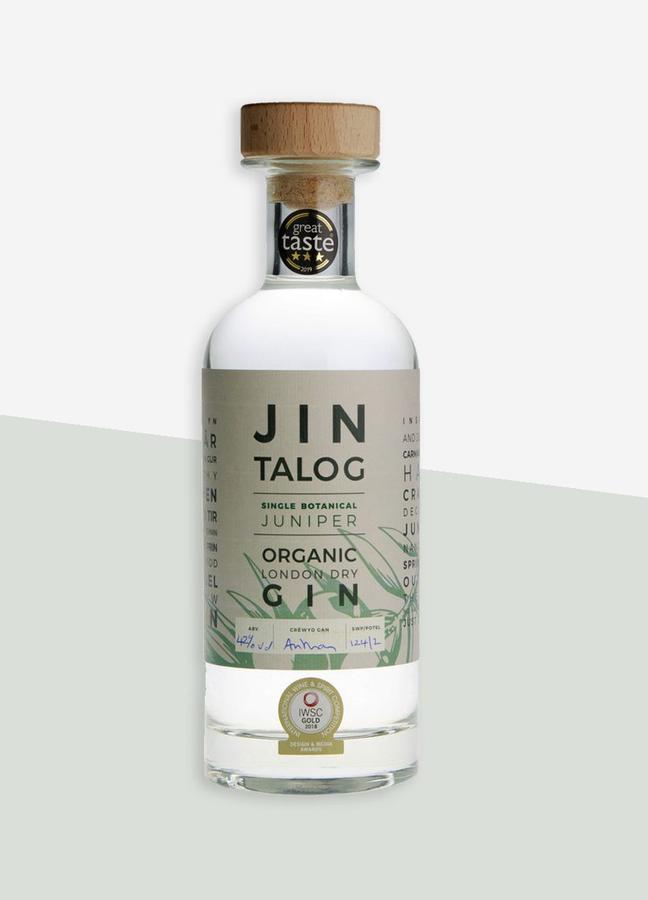
Where’s it from? This excellent Welsh brand’s ‘milltir sgwâr’ — or ‘square mile’ — can be found in the hilly farmland of rural north west Carmarthenshire. Specifically, around the village of Talog, from which the gin takes its name.
What botanicals does it use? A simple, single one. Big juicy, fair-trade, sun-dried juniper berries. Because when you get your basics right, you don’t need anything else.
What does it taste like? Considering the single botanical, there’s a hell of a lot going on. Think herby or earthy over overtly floral — but with a depth of rich, textured flavour usually reserved for darker spirits. There’s a little hint of nuttiness, a slight twang of spice and a long, powerful juniper finish. Iechyd da!
For local pride and produce, try Whitby Gin
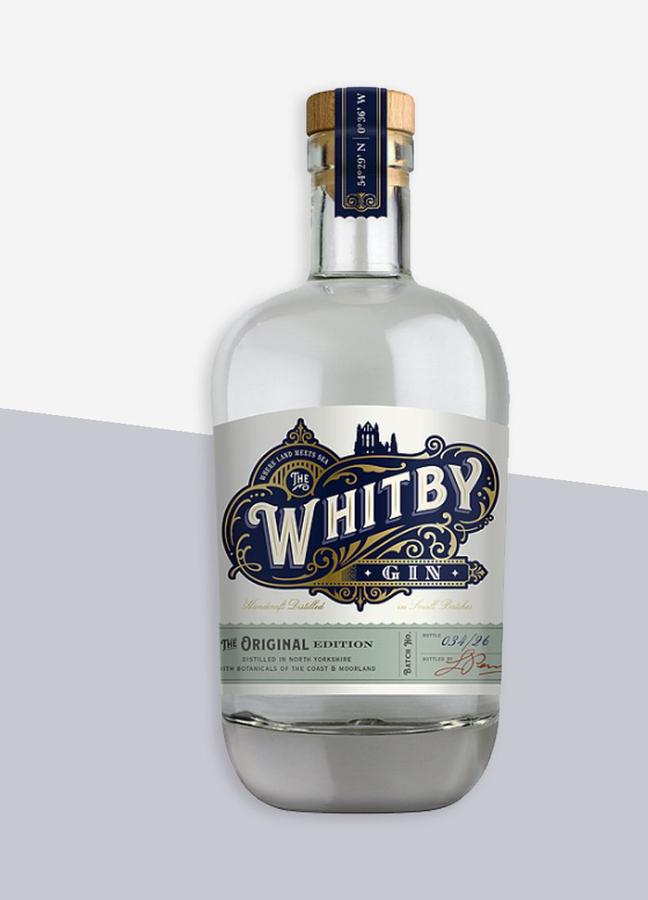
Where’s it from? Take a wild guess. But, though it today hails from the North Yorkshire coast, the brand was inspired into being during a trip to the artisan gin-makers of the Outer Hebrides.
What botanicals does it use? If it’s not from North Yorkshire, it isn’t in the gin. Think heather foraged from the North York Moors, local honey sourced from sustainable hives and sugar kelp from the wild and windy Whitby bay.
What does it taste like? Almost chewy — in a very good way. This is a gin of baffling complexity, with a treacly texture and notes of sweetness and perfume. But there’s also those staple gin flavours of coriander, liquorice and sharp citrus. A gin in which to take a deep dive in search of new notes.
For a world of botanicals in a bottle, try Cygnet Gin
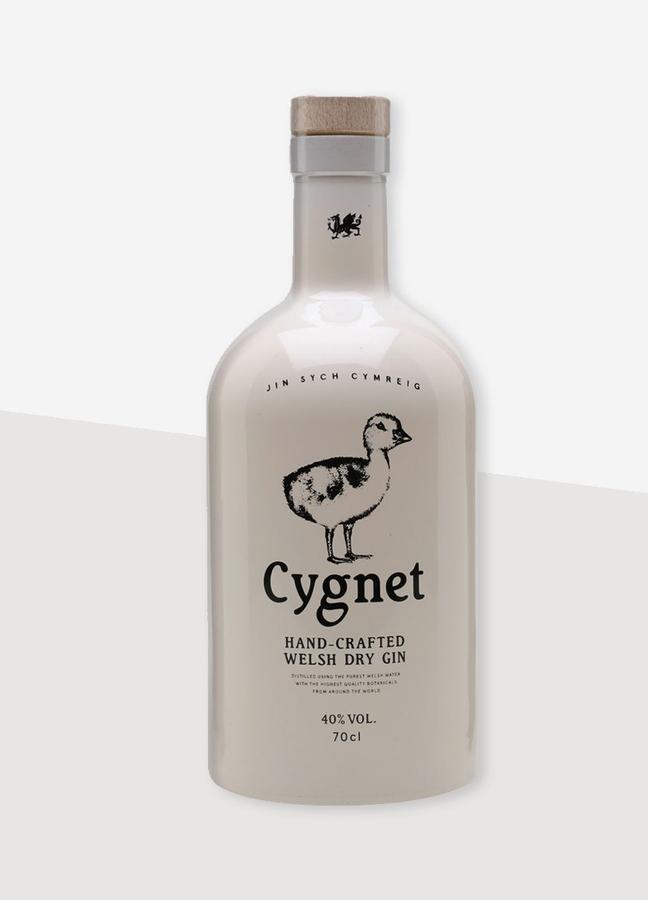
Where’s it from? Back to Wales we go. Specifically, Swansea — hence the name ‘Cygnet’ and that baby bird on the handsome ceramic bottle.
What botanicals does it use? Swansea, a global port that has docked ships from all over the world, has inspired a long, international roll-call of botanicals. We’re talking juniper, lemon peel, lime peel, pink grapefruit peel, orange peel, liquorice root, orris root, coriander seed, angelica root, cardamom seed, almond and chamomile.
What does it taste like? Something of a paradox. There’s a long, lingering floral richness in there that coats the mouth — thanks chiefly to the chamomile. But then the zesty peels leave you with a fresh and tart feeling. How the distillers have blended both of these characteristics into one bottle, we don’t know. But we’re glad they did.
For a warming burst of Scottish flavour, try Sutors Gin
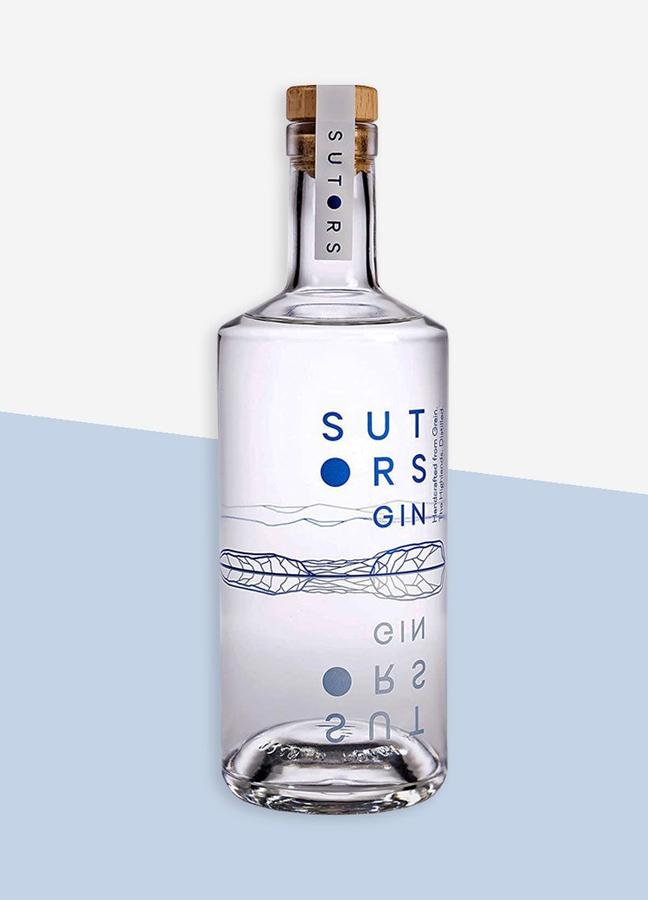
Where’s it from? The Scottish Highlands. Going toe-to-toe with whisky, Sutors Gin stands up against the national spirit with its own uniquely Scottish hand foraged seed-to-spirit gin.
What botanicals does it use? As the brand says, the Highlands are a wild place — “where deer tread and wolves once roamed”. So the botanicals, too, are foraged from these lands, ranging from local juniper to sea buckthorn to bog myrtle — and all distilled with an ethanol base spirit created using their own grains.
What does it taste like? In a word, warming. It’s the sort of spirit you could imagine heating you up during a hike across the Highlands. Principally herbaceous, any citrus notes take a back seat with this one — instead allowing the heat, spice and warmth of that local juniper to glow through.
For a gentler gin, try Winchester Distillery Twisted Nose Gin
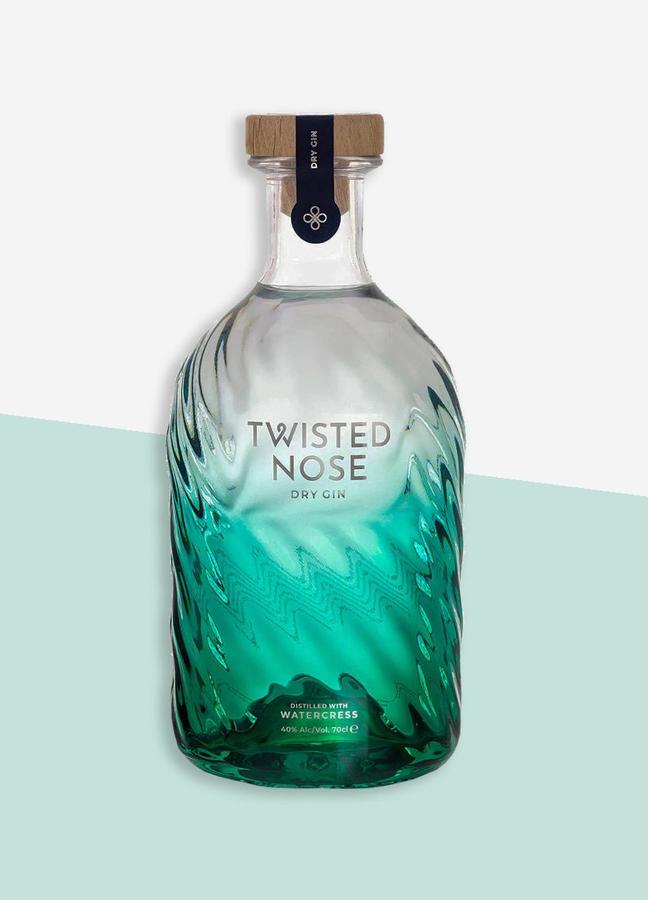
Where’s it from? Hampshire; a world of fragrant green foliage, crystalline chalk streams and history. Specifically, the city of Winchester — a county town with a rich Roman heritage.
What botanicals does it use? Watercress — from which this gin takes its name. Those Romans used to call the botanical ‘Nasturtium’, or ‘twisted nose’. Aside from the peppery plant, eight other botanicals give this spirit its flavour; including grapefruit zest, cassia bark, fennel seed, angelica and lavender.
What does it taste like? There’s a gentle sweetness in there — one which marries happily with the delicate aromas of the floral botanicals. It’s a soft one; fragrant, heady and distilled with such effervescence that it seems to sparkle before you even add your tonic.
For a more exotic alternative, The Melodist London Dry Gin

Where’s it from? Tesco. Oh yes, your friendly neighbourhood hypermarket. And yet you still haven’t heard of The Melodist, have you? Distilled at The Two Tykes distillery this is Tesco’s latest addition to its ‘Finest’ spirit range.
What botanicals does it use? There are Far Eastern influences here, with zesty yuzu and green tea being used alongside the classic juniper. Also look out for coriander seed and cinnamon bark, bay leaves and lemongrass.
What does it taste like? It doesn’t taste like a £20 bottle of gin, let’s say that. With all of those botanicals above, it tastes more like Japanese gin. The citrus shines through, and the fresh herby spices give you an umami mouthfeel not unlike a fresh Thai dish. But ‘The Melodist’ is an apt name — as all these flavours harmonise perfectly.
Looking for the perfect setting to indulge in a gin and tonic? Take a tour around this minimalist Hamptons retreat…
Become a Gentleman’s Journal member. Find out more here.
